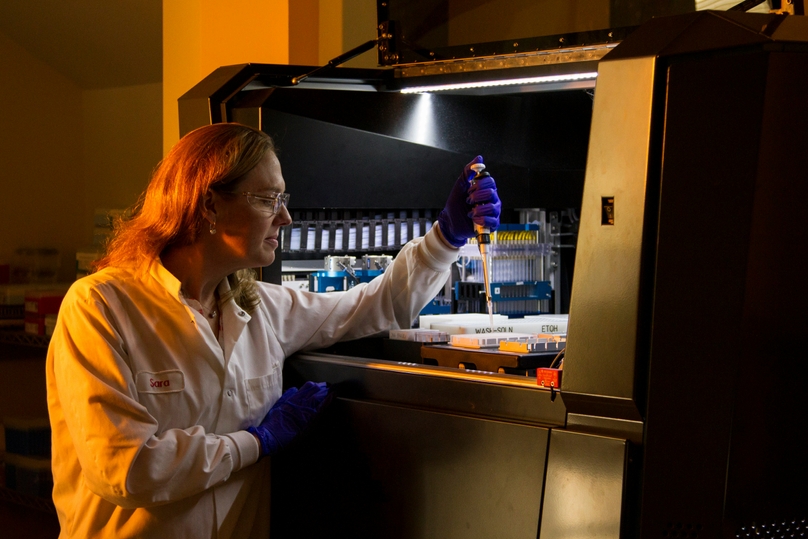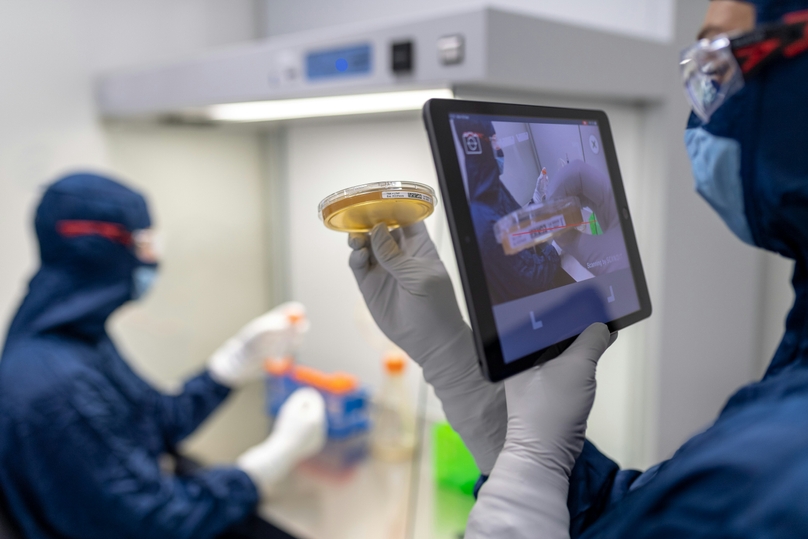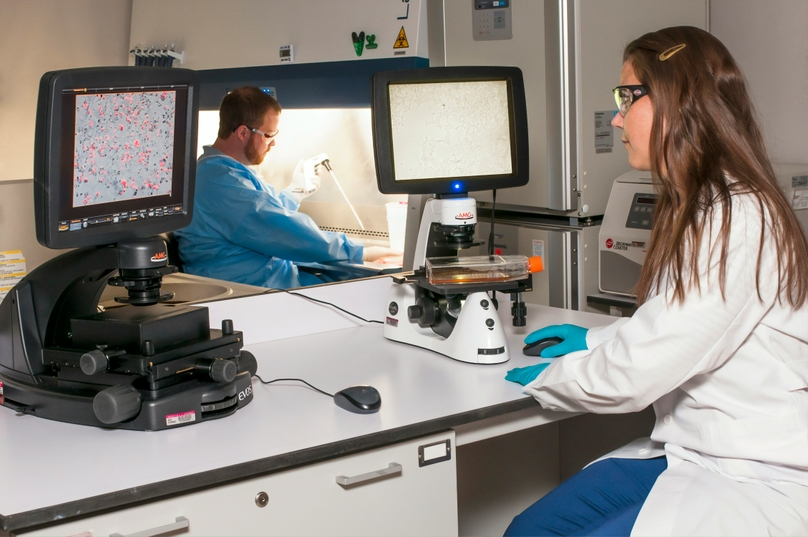Implementing a Laboratory Information Management System (LIMS) can transform any laboratory, streamlining operations, enhancing data accuracy, and improving efficiency. However, the process is far from straightforward, with potential pitfalls along the way. This guide aims to guide you through effective strategies for LIMS implementation, ensuring a process that maximizes efficiency and minimizes errors.
Understanding the Scope and Objectives
Before embarking on the journey of implementing a LIMS, it's crucial to have a clear understanding of the project's scope and objectives. This involves a comprehensive analysis of your laboratory's current workflows, processes, and data management needs. Understanding these elements will help you tailor the LIMS to your specific requirements, ensuring it adds value where it's most needed.
Selecting the Right LIMS
Choosing the right LIMS for your laboratory is a decision that requires careful consideration. Factors such as the system's compatibility with existing workflows, its scalability, and the vendor's support and service quality should be thoroughly evaluated. It's also important to consider the software's flexibility in terms of customization and integration with other tools and systems used in your lab.
Strategic Planning and Project Management
Strategic planning and effective project management are key to a successful LIMS implementation. This involves setting realistic timelines, allocating appropriate resources, and establishing clear milestones. Having a dedicated project manager to oversee the process can ensure that the project stays on track and any issues are promptly addressed.
Engaging Stakeholders
Engaging stakeholders early and often is critical in ensuring the LIMS implementation is aligned with the needs and expectations of all users. This includes laboratory technicians, IT staff, and management. Their input can provide invaluable insights into the practicalities of the system's use and help identify potential challenges early on.
Comprehensive Training and Support
For a LIMS to be effectively utilized, comprehensive training for all users is essential. This training should be tailored to the various roles within the laboratory, ensuring that each user understands how to use the system efficiently and effectively. Additionally, ongoing support should be available to address any questions or issues as they arise, minimizing disruptions to laboratory operations.
Data Migration Strategy
A critical aspect of LIMS implementation that often poses significant challenges is data migration. Planning for data migration should begin early in the project, with a clear strategy for transferring existing data into the new system. This process should be carefully managed to ensure data integrity and minimize the risk of errors.
Continuous Process Improvement
After the LIMS goes live, it's essential to adopt a mindset of continuous improvement. Regularly assess the system's performance and user feedback to identify areas for enhancement. This iterative process helps in fine-tuning the system to better meet the evolving needs of your laboratory.
Quality Assurance and Testing
Maintaining the integrity of your LIMS involves rigorous quality assurance and testing, not just during the implementation phase but as an ongoing practice. Regularly scheduled testing can help catch and correct errors early, ensuring the system remains reliable and efficient.
Integration with Other Systems
Maximizing the value of your LIMS often involves its integration with other laboratory systems, such as electronic lab notebooks (ELNs) or enterprise resource planning (ERP) systems. Seamless integration can facilitate a more holistic approach to data management and operations, enhancing both productivity and data integrity.
Measuring Success
Determining the success of your LIMS implementation should be based on clear, quantifiable metrics. These might include improvements in sample throughput, reductions in data entry errors, or enhanced compliance with regulatory standards. Regularly review these metrics to assess the system's impact on laboratory efficiency and effectiveness.
How Genemod Can Help
At Genemod, we understand the complexities and challenges of LIMS implementation. Our suite of solutions is designed to simplify this process, ensuring that your laboratory can maximize efficiency and minimize errors with ease. Here’s how we can assist:
Customization and Integration: We offer flexible solutions that can be tailored to fit your laboratory's unique requirements, ensuring seamless integration with existing workflows and systems.
Data Migration Support: Our team provides expert support for data migration, ensuring a smooth transition to your new system without compromising data integrity.
Training and Ongoing Support: Genemod offers comprehensive training sessions tailored to different user roles within your laboratory, complemented by ongoing support to address any challenges post-implementation.
Continuous Improvement: We believe in the importance of continuous improvement. Our solutions evolve based on user feedback and the latest technological advancements, ensuring your LIMS remains at the forefront of laboratory information management.
Implementing a LIMS is a significant undertaking that can transform the operational dynamics of a laboratory. By focusing on strategic planning, engaging stakeholders, and ensuring a smooth data migration, laboratories can set the stage for a successful implementation. And with Genemod's support, laboratories can navigate this journey with confidence, backed by a team dedicated to their success. Our approach is not just about implementing a system; it's about empowering laboratories to achieve their full potential through efficient and error-minimized operations.
















